|
Mick Hilleary, founder and lead designer at Total Habitat, was recently featured in an article about natural pools in Business Traveler magazine! One of the natural pools we helped design and build in Napa Valley, California was also pictured in the article. See more photos of that project and more on this page of our website!
5 Comments
Built in 2022-2023, this "Essential" style natural pool features an underwater wooden wall that separates the planted filtration area from a central swimming area. This serene natural pool is complete with a waterfall, zero entry pebble beach and wooden pier w/ ladder. Learn to build your own Essential natural pool like this one through the Essential Online Course, how-to ebook and Essential NSP Construction Plans right now at The Natural Pool Academy. Built in 2022-2023 in Bisbee, Arizona, this natural pool features our usual built-in biological filtration system which surrounds a central swimming area. The NSP is 52,000 gallons (1800 square feet), 6 feet deep, with an overall size of about 58' x 44'. Fun fact: During a particularly brutal summer heatwave, water temps in this natural pool reached as high as 86 degrees with no negative impacts on the plants, fish or the bio-filter! We are excited to now be able to offer financing for our Natural Swimming Pool and Pond projects! Available through HFS Financial in amounts up to $500,000 with terms as long as 20 years - click on the button below for more info:
While the aesthetic goal of many Natural Pools is to look as natural as possible - like a crystal-clear pond or natural spring that you were lucky enough to build your home next to - others strive for a contemporary look that juxtaposes natural elements like plants, rocks and fish with formal edges and rectilinear shapes. As you can see above from the initial concept design to the final product, this natural pool (which we built in 2019 in Kansas City) features a rectilinear deck that wraps around two sides, a step-in pebble beach, central swimming area accessible from the deck and beach, and a "wild" planted filter area around two edges. The design also incorporated a pool house with bathroom, shower and outdoor kitchen. This natural pool was featured in an article in DesignKC Magazine, which you can read here. Built by Total Habitat in 2019, the concept behind this natural pool was to blend the modern with the "wild". This concept fits aesthetically with the design of the overall site which features an ultramodern home and patio that is surrounded by native plants and grasses. Built around a large central deck, the pond edge to its right is bordered by formal coping stones that create a modern rectilinear shape, while the area to the left of the deck features a natural pond edge finished with river rock and plants. A modern waterfall carved from a rectilinear stone block completes the look and provides gentle water movement in the shallows. This natural pool was featured in the Wall Street Journal article, which you can read here. At Total Habitat, we often create 3D concept renderings of our natural pool designs so homeowners can better envision how a space will look before it is completed. Because, let's face it - not everyone can look at a plan view drawing and truly see how it will look in real life like a designer can. This design features a modern coping edge by the house and a "wild" planted edge opposite, with a natural stone waterfall positioned to be visible from both the upper deck and lower patio. The concept includes a step-in beach, rectilinear swimming area, and large formal stepping stones that lead the users from the house to the beach and wooden pier. Lush water plants explode along the far edge, creating a gorgeous natural display that contrasts with the hard, formal lines of the opposite edge. One of the really fun aspects of this design is the "floating" stepping stones that reach out over the water and border the beach and swimming area. Users can walk on these stones, sit with their feet in the water of the beach or use them to jump into the deeper swimming area. An interesting side effect of modern natural pool design is how it allows the entire site to be sculpted as well, often through dividing the space into different activity areas using hard lines and geometric shapes. This Japanese-inspired design features a modern natural pool bordered by an L-shaped deck that divides the yard between the water feature on the right and a spacious entertaining area on the left. The pergola, fence and bamboo planter boxes on either side of the yard are all designed with a modern, Japanese garden aesthetic that echoes the design of the natural pool itself. This article was written by Total Habitat designer, Sophia Elniff.
All designs shown are protected under copyright, 2022. An infinity edge or vanishing edge is a slightly lowered portion of the pool edge that allows water to spill out and down out-of-sight to a lower collection pool. If you are wondering, the answer is yes, you can have a natural pool with an infinity edge! Here a couple we've done in the past: Atop a mountain in North Georgia, this natural pool features a small infinity edge that spills down into a lower dip pool - so it effectively doubles as a waterfall too! Infinity edges are ideal in situations like this, where the grade already naturally slopes down from the far pool edge. A nice view helps! This natural pool features a 12 foot long infinity edge that takes advantage of the sloped grade of the site and highlights views down into the picturesque valley below.
A common question we get asked is how to incorporate fencing in a natural pool design. Here are a few strategies to consider: If you have little kids at home, especially those not able to swim yet, you may want to not only provide safety fencing around the yard, but also between the pool and your home. This removable, black mesh fencing can be installed on a deck or patio and sections of it can easily be removed to access the water. As a bonus, it's easy to see through, so it won't spoil views of your natural pool! If you want the fencing around your natural pool to disappear, consider this readily available black metal panel fencing. With landscaping in front of it, including the water plants in your natural pool, this fencing option blends in easily with the natural landscape. Another strategy to consider is to incorporate the fence into the overall design aesthetic, making it a feature rather than something you just want to disguise. In this concept, the modern Japanese-inspired wood fence matches the look of the pergola, pier and natural pool. Wooden bamboo planter boxes along both sides of the yard provide further privacy from neighbors and work with the landscaping to emphasize the Japanese garden influence. If you have a large natural pool and small kids who you may want to separate from the natural pool at times, consider fencing around the door to your home rather than around the pool itself. In this design, we divided the yard into zones and created a playground space by the door with the natural pool beyond, safely outside of the short wood and hogwire fence. Another option is to put a barrier just around the house patio or deck. A glass fence with gate is a great way to create a safe barrier for kids while preserving views of the natural pool.
Listen to our Designer Sophia featured in the Paloola Podcast. 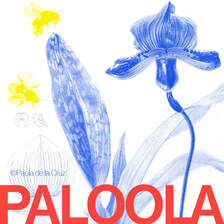 Our Designer Sophia was recently featured on the Paloola podcast episode exploring the benefits of swimming in nature. Sophia goes into the design and building process of our natural swimming pools as well as a basic review of how we maintain water clarity using built-in biological filters. She discusses the joy of making a swimming pool that looks as if it was always meant to be there, and that brings joy year-round to any nature lover. We encourage you to listen to this podcast as the rest of the featured guests also share their stories of the joy and pleasure they experience from swimming in natural bodies of water. Paloola is a monthly podcast written and hosted by Paula de la Cruz. It explores topics in art, design, health and technology inspired by botany and nature. Find this episode of Paloola and more everywhere you listen to your podcasts What is it and why use it?Pond dye is a non-toxic water colorant, sold in a powdered or liquid form, used to darken the water. When added to a pond, the dye helps prevent algae blooms by blocking sunlight, which algae needs in order to grow. Pond dye is safe for fish, plants and swimmers. It is best to add dye when a pond or Natural Swimming Pool is new (when the ecosystem is first establishing itself) and early in the spring, just as water temps are starting to rise. Mick's Mix Pond DyeOur Mick's Mix pond dye is a special blend of blue and black dye that will effectively (and safely) darken the water without looking too black or too theme-parky blue. We developed this blend after having trouble finding the right shade of dye for our own Natural Swimming Pools and ponds that would help prevent algae blooms while still looking natural. You can buy a super concentrated powdered form of our Mick's Mix pond dye (sold in eco-friendly glass jars) through our online store everythingnaturalpools.com Tip: When adding pond dye to your Natural Swimming Pool or pond, it is important to not add so much dye that you lose water clarity. Notice in the pic above how the water is darkened on the right, but you can still see the bottom of the pool. For a first use, start with a smaller dose and add more as needed once that first amount has dispersed so you don't make it too dark!
|
Total BlogCheck back with us each month for tips, new project pics, news, and more, here on our Total Blog! Archives
August 2023
Categories
All
|

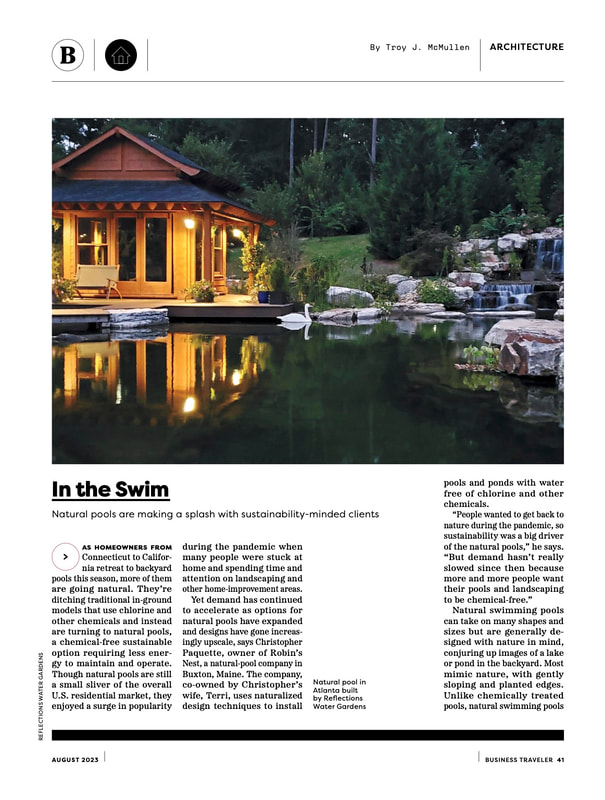
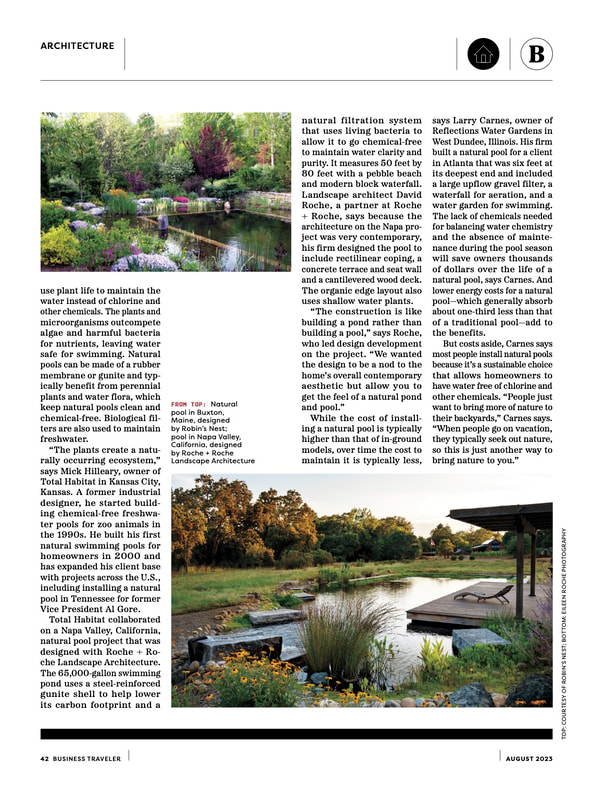
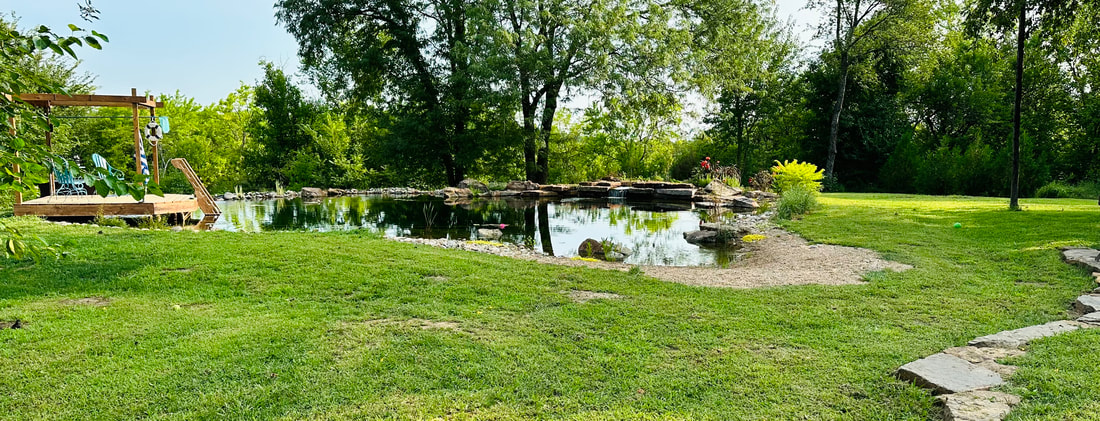
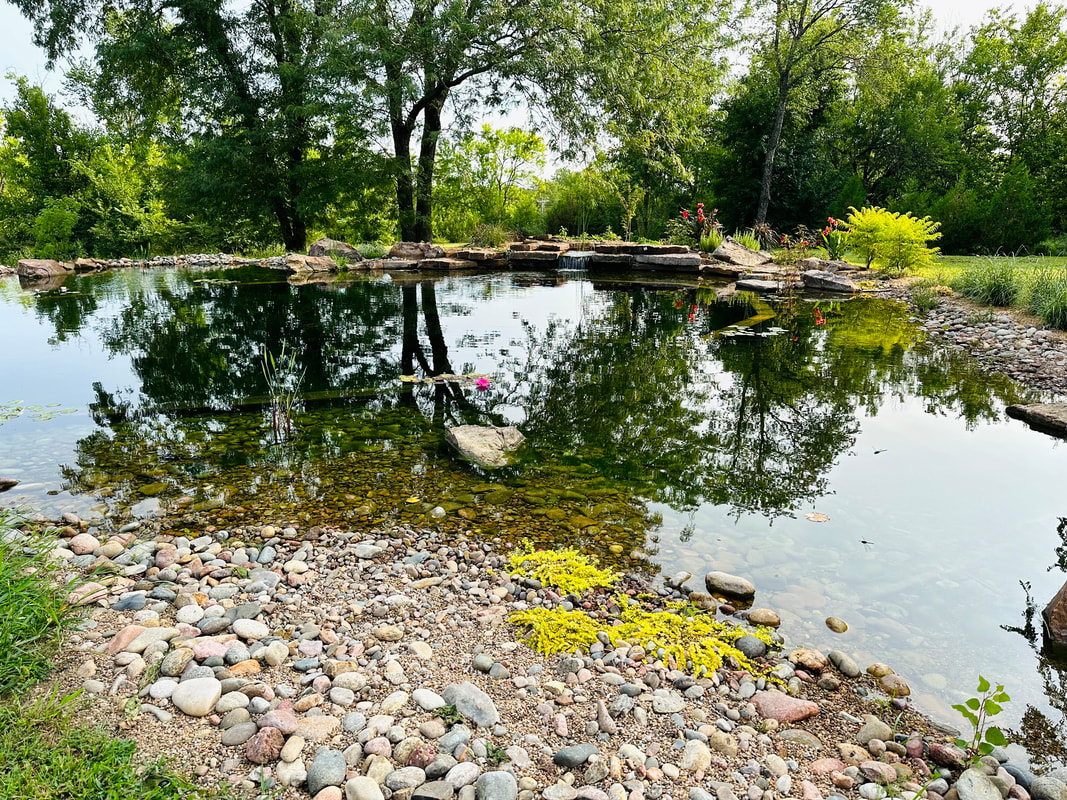

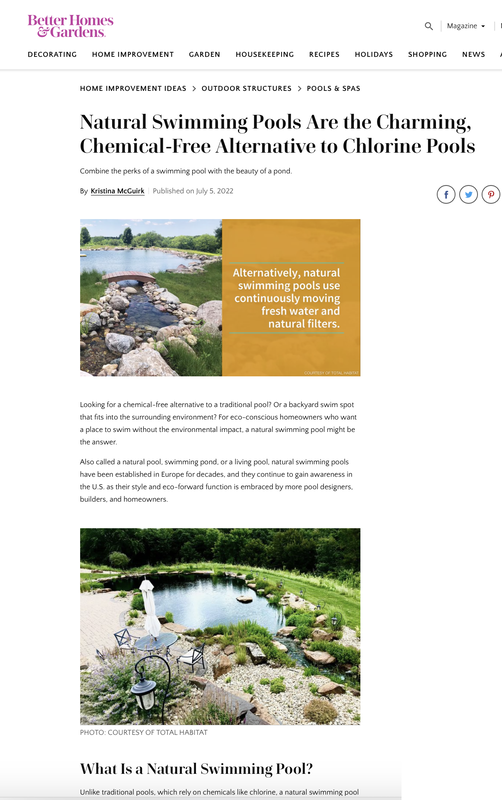
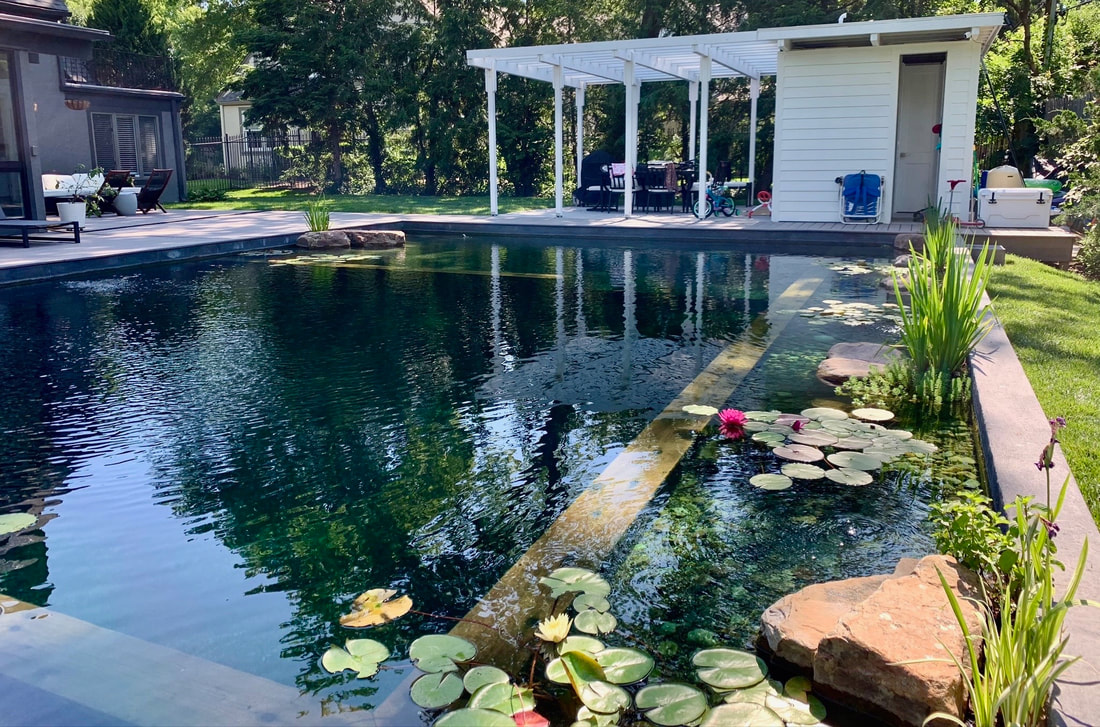
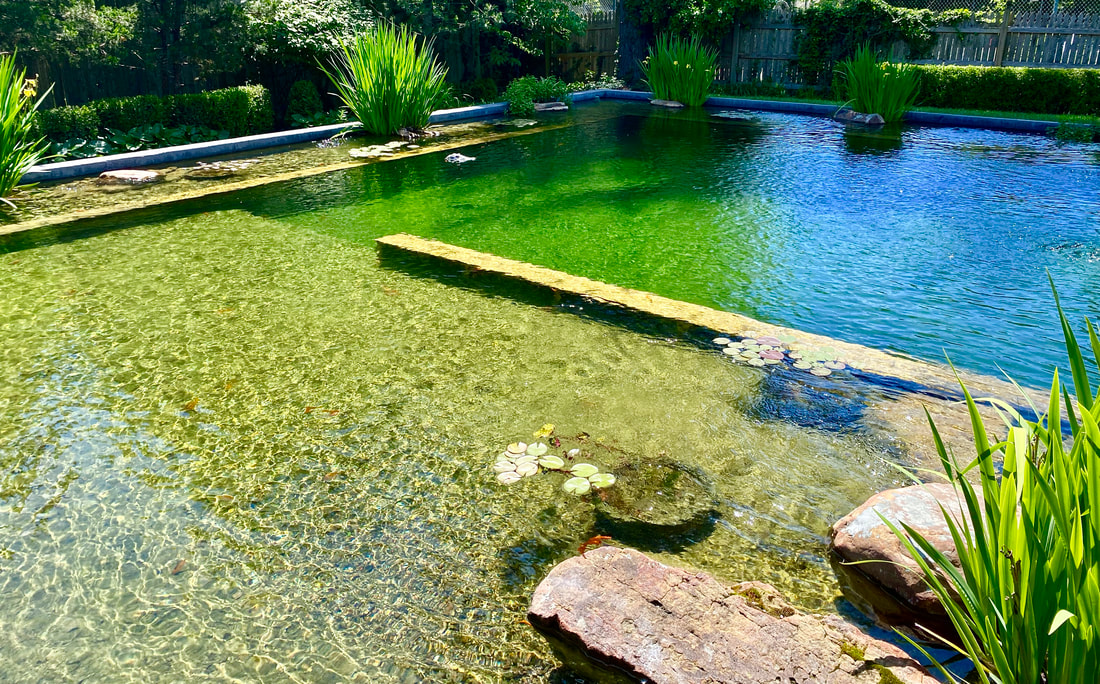
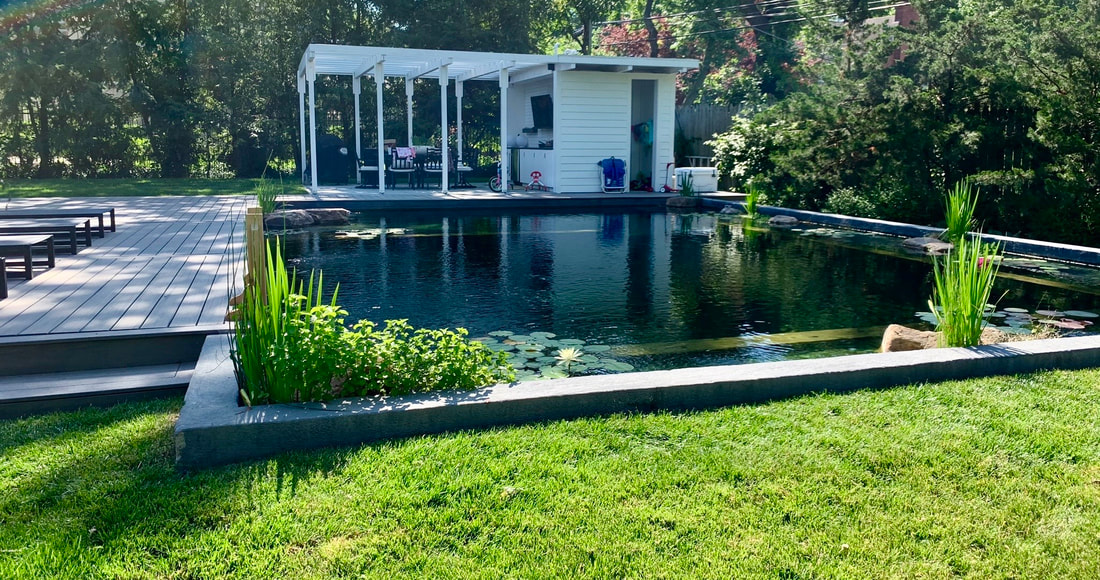

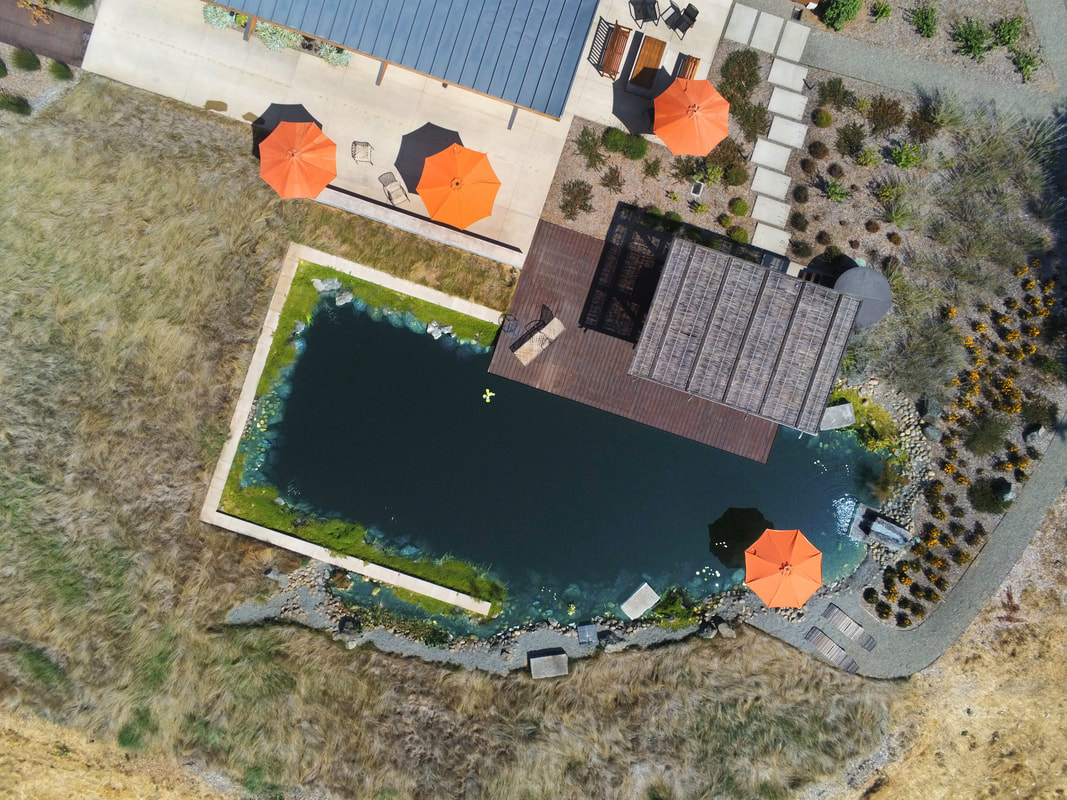
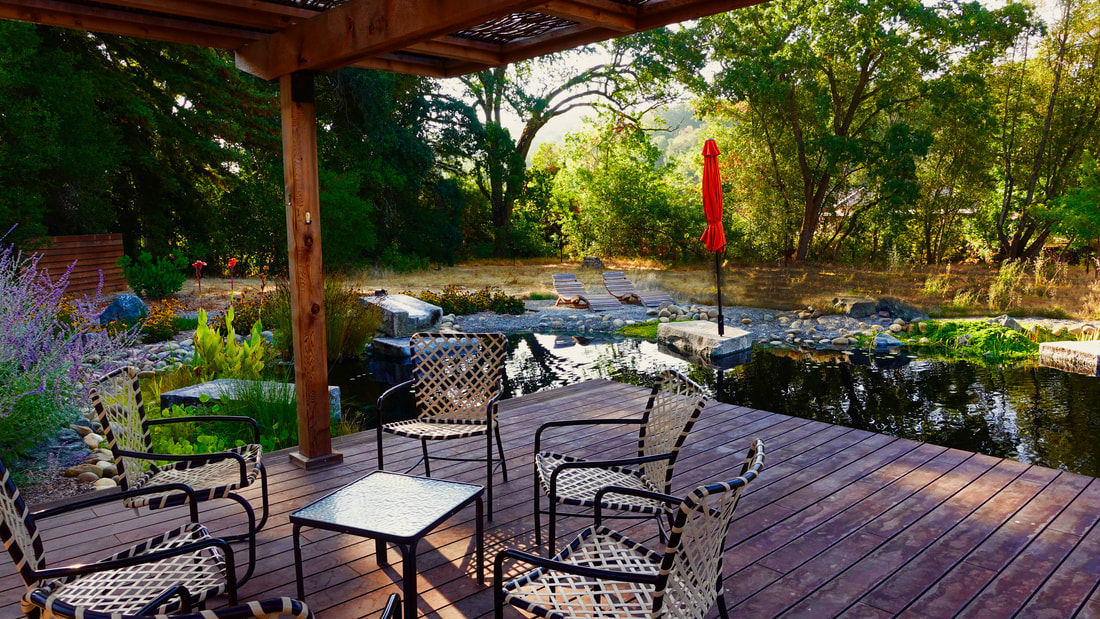
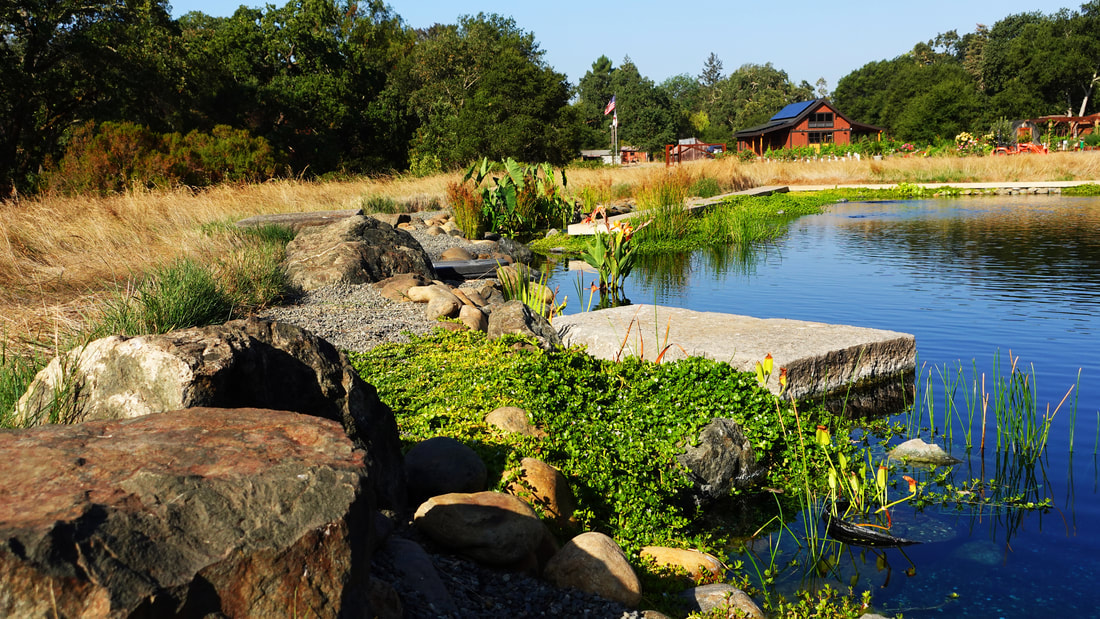
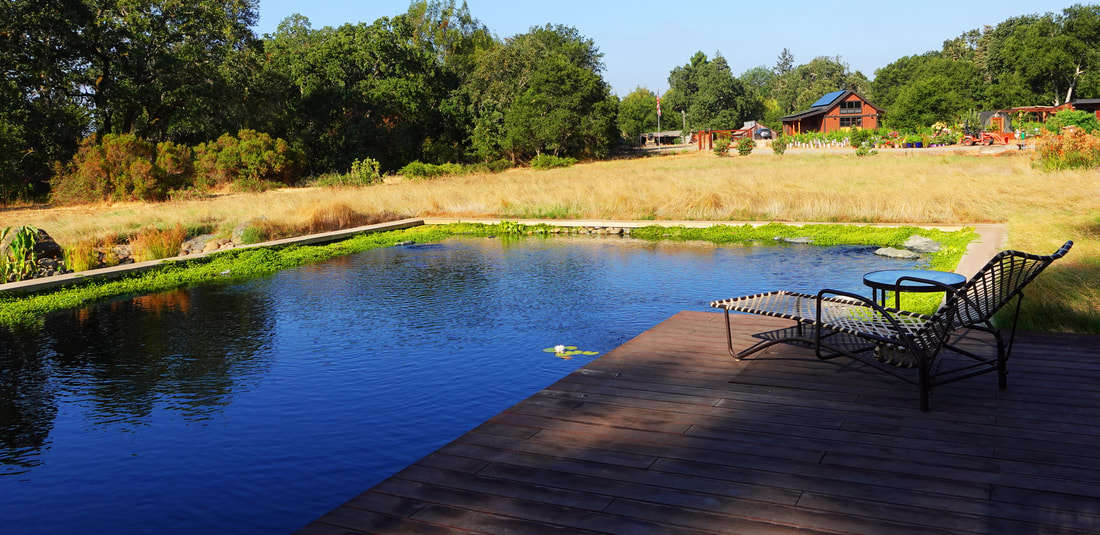
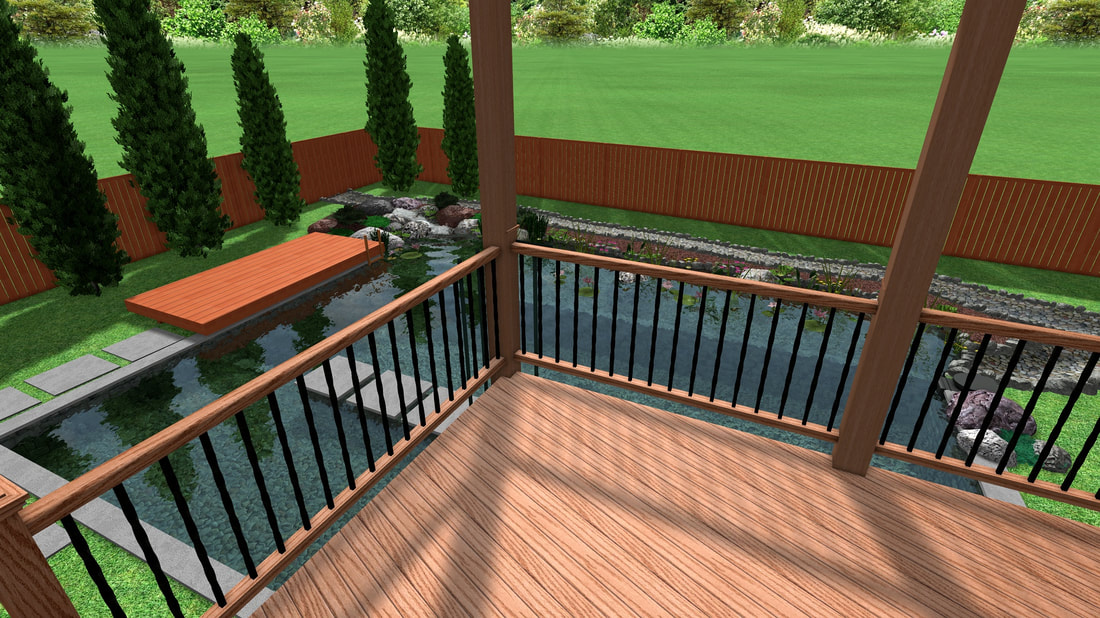
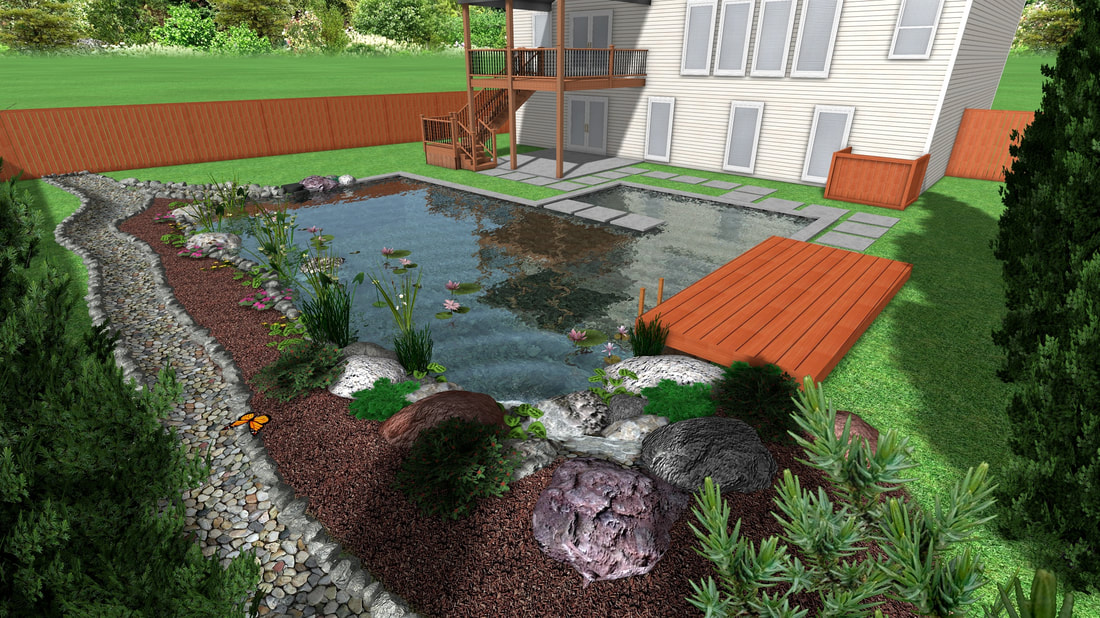
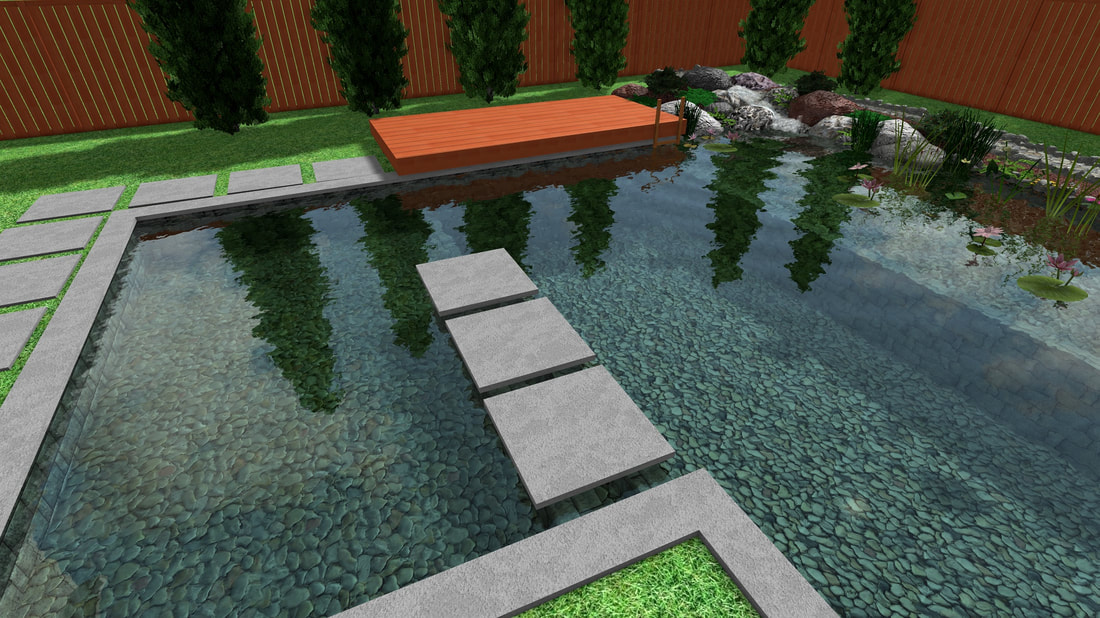
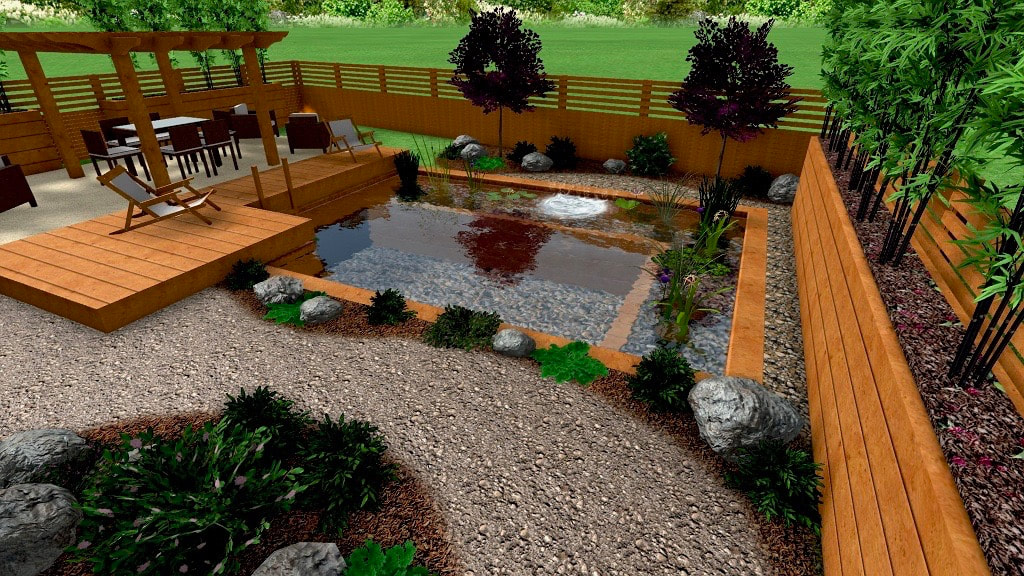
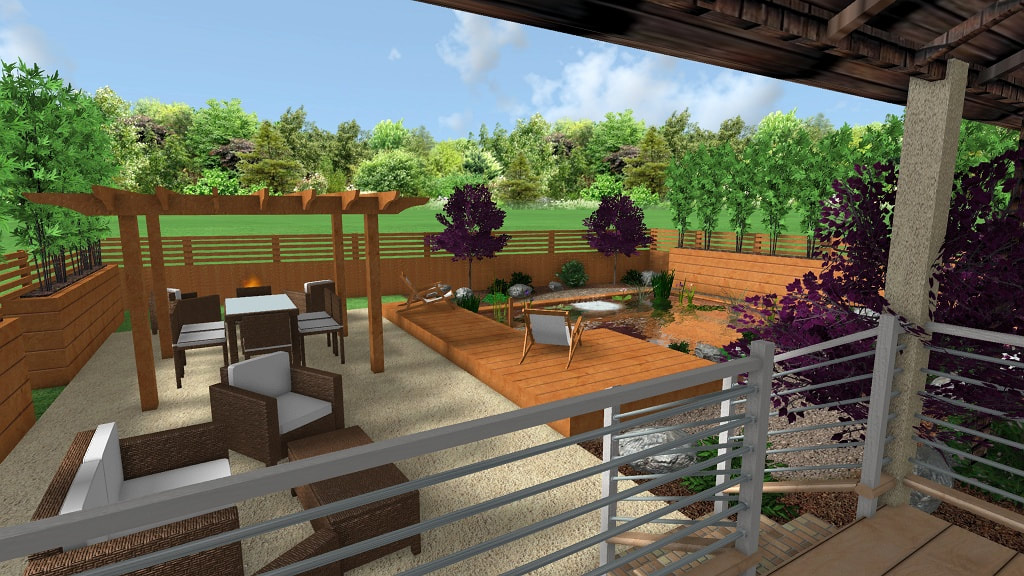
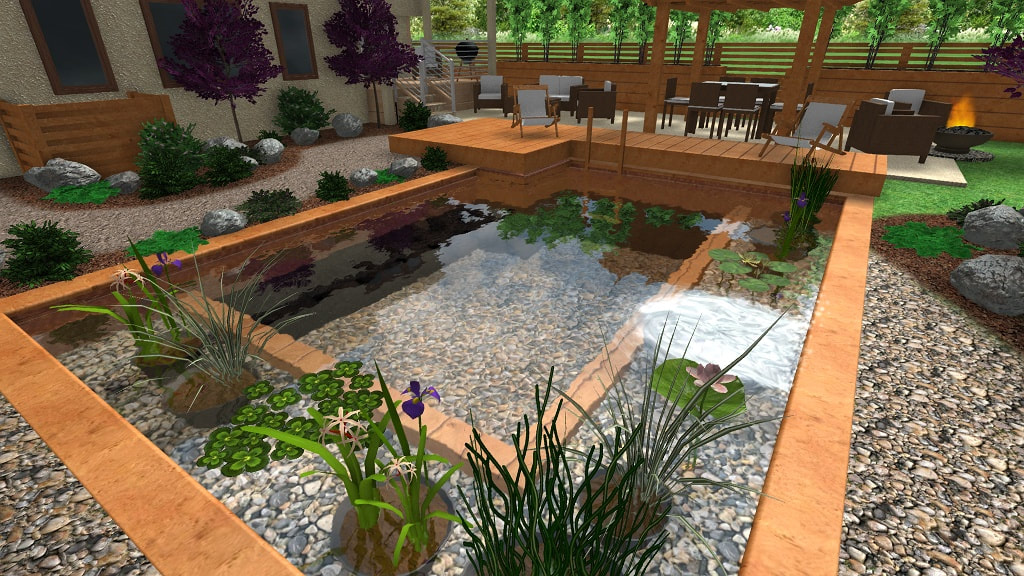
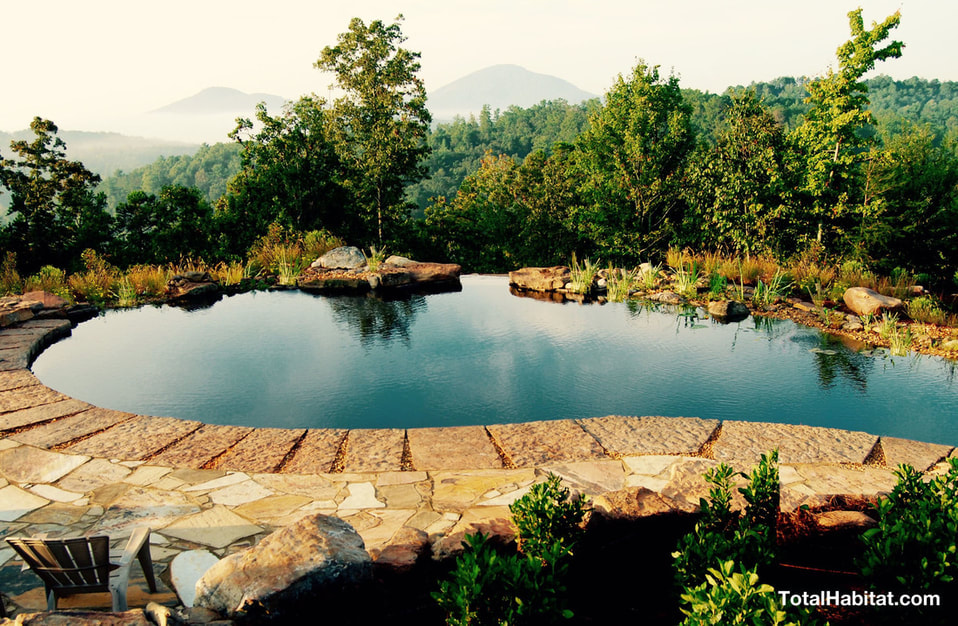
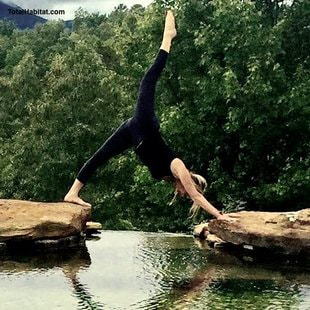
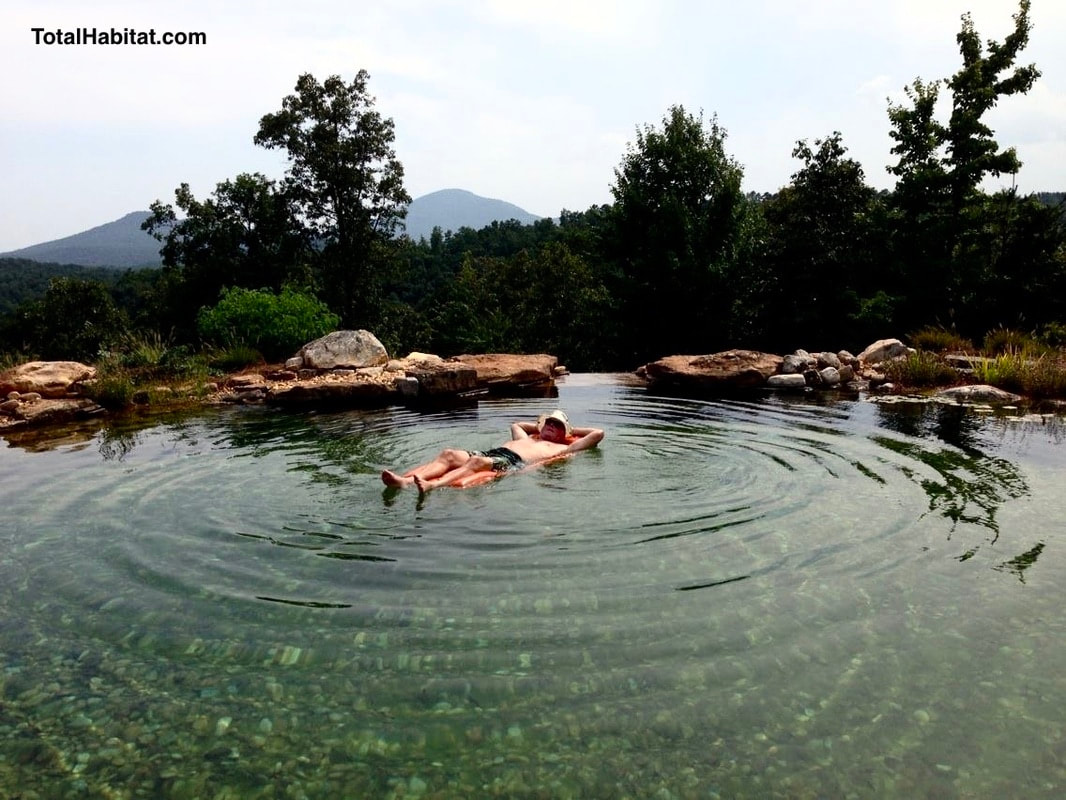
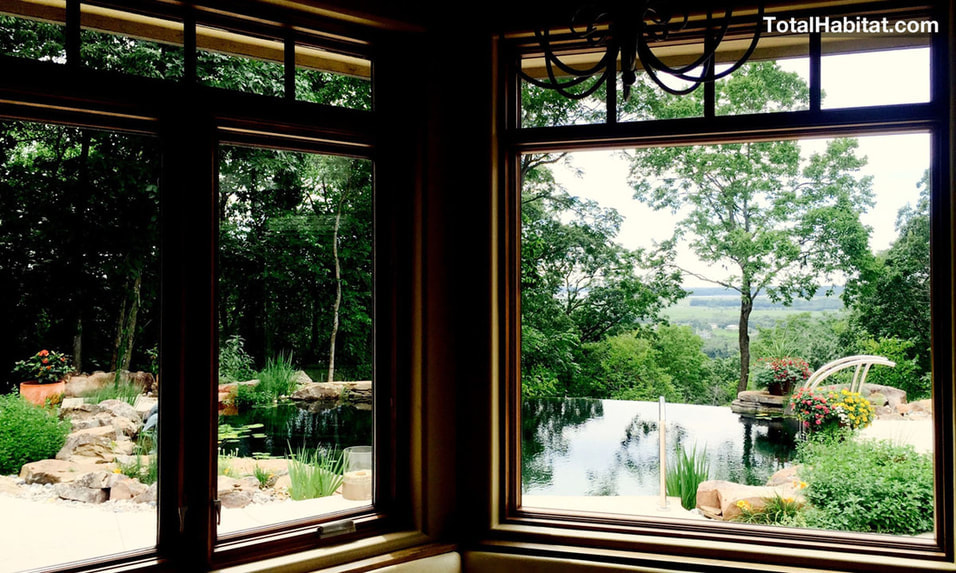
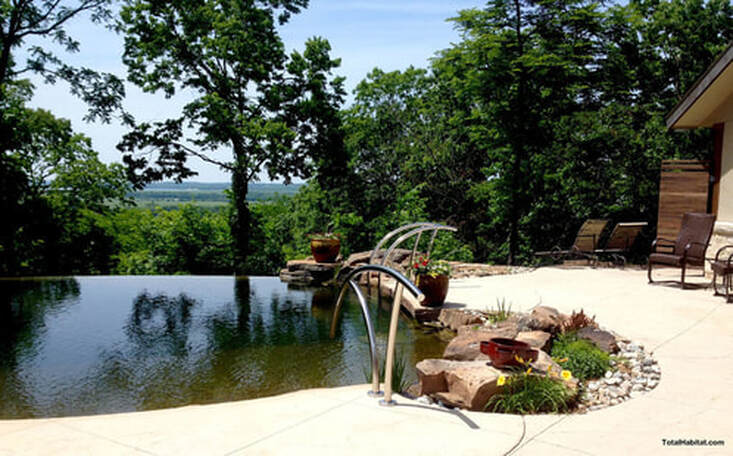
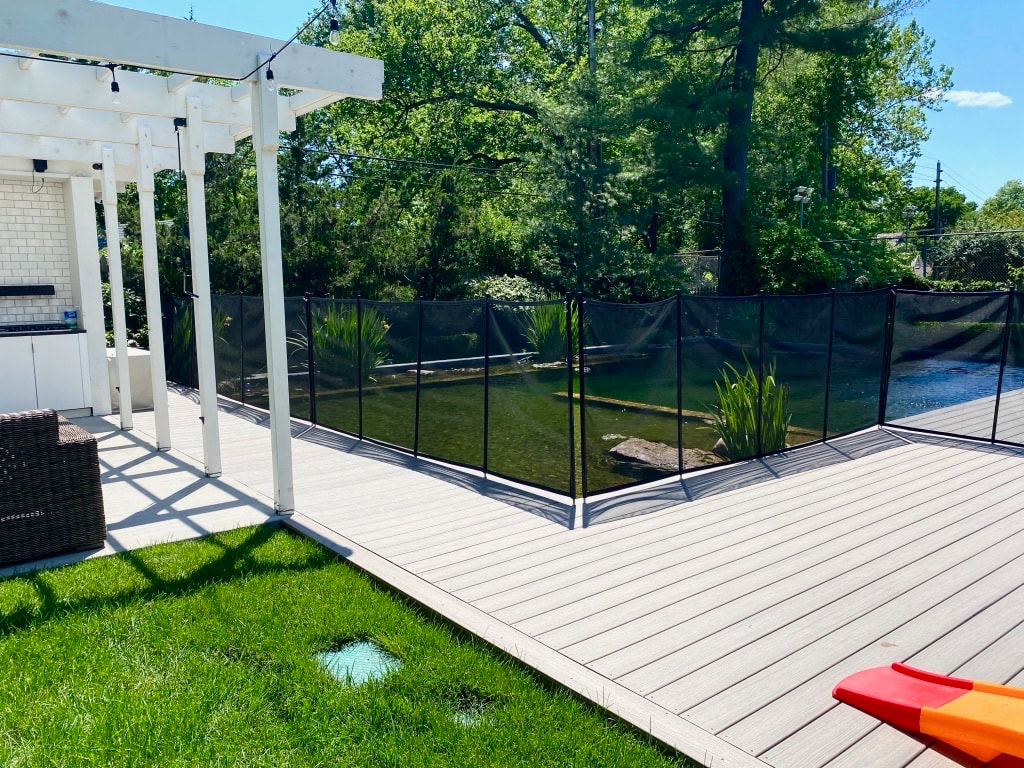
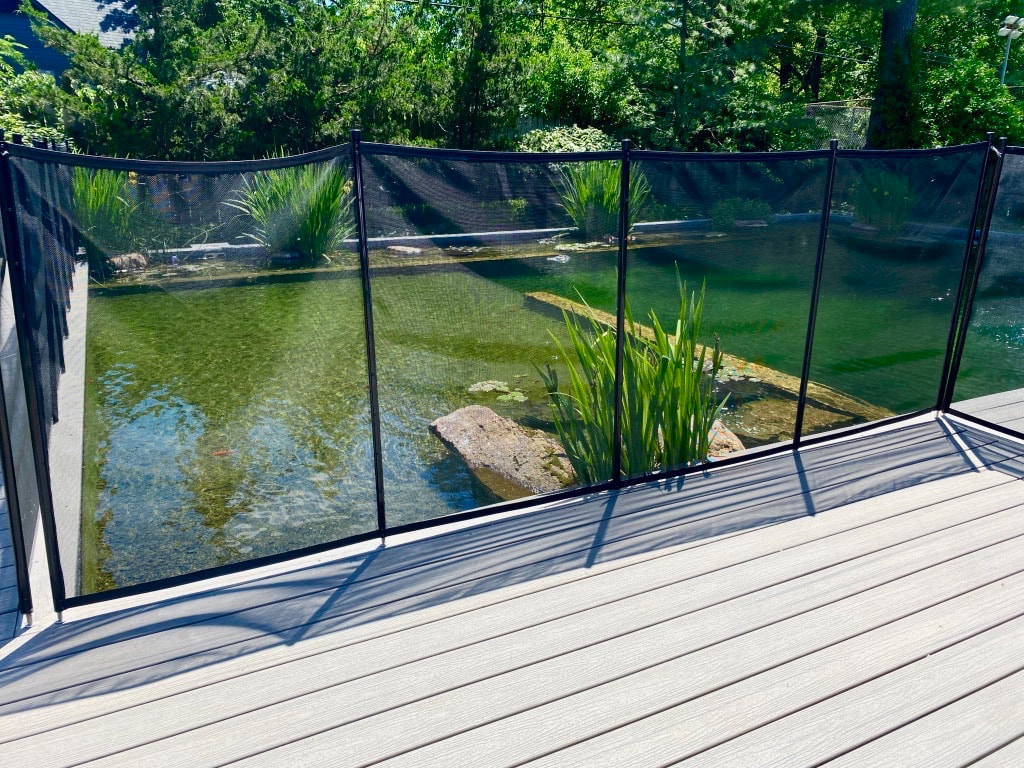
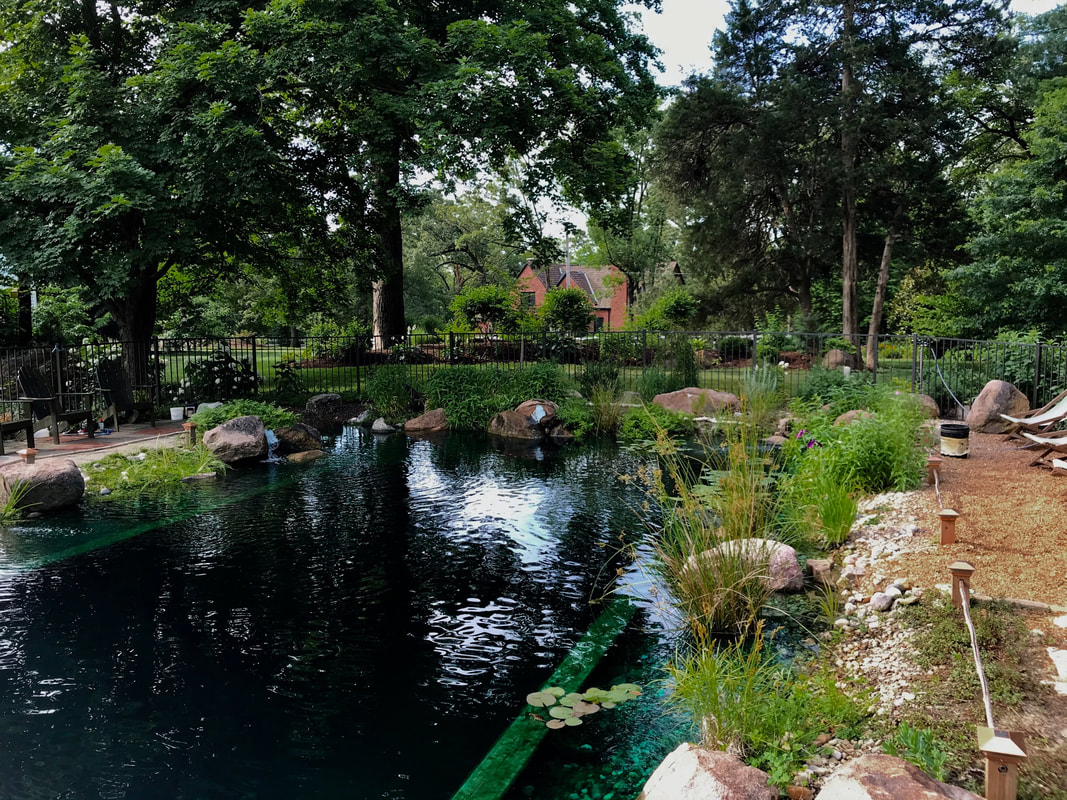
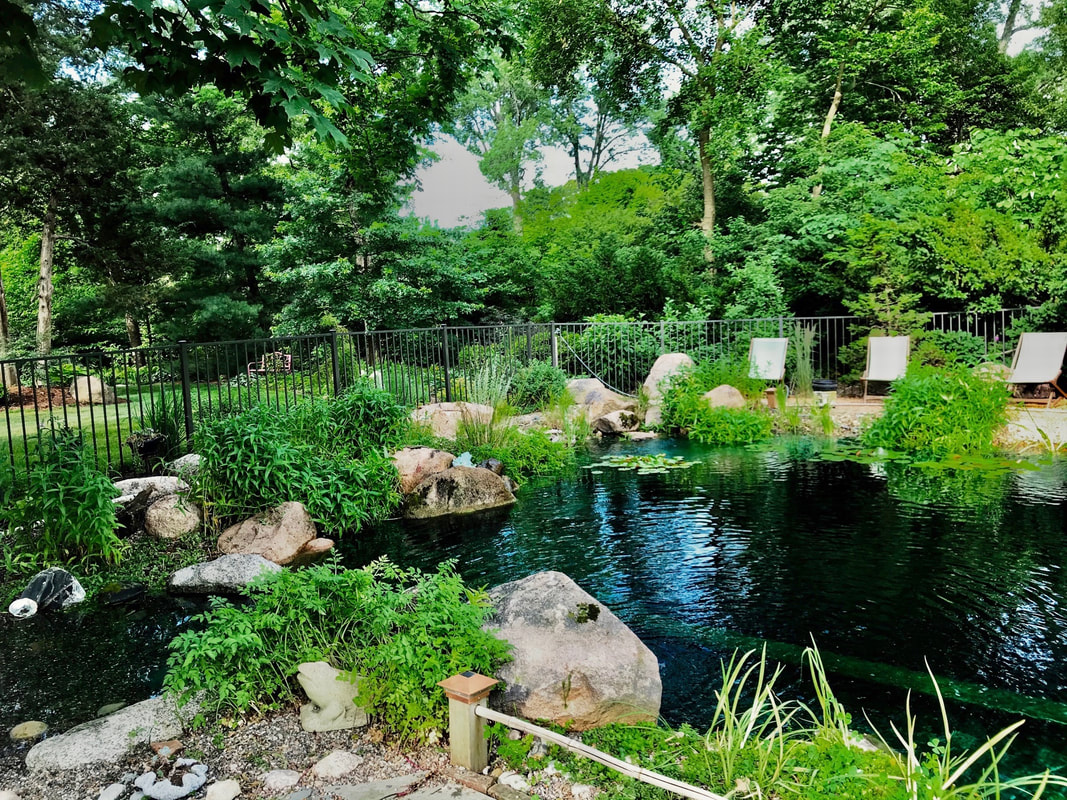
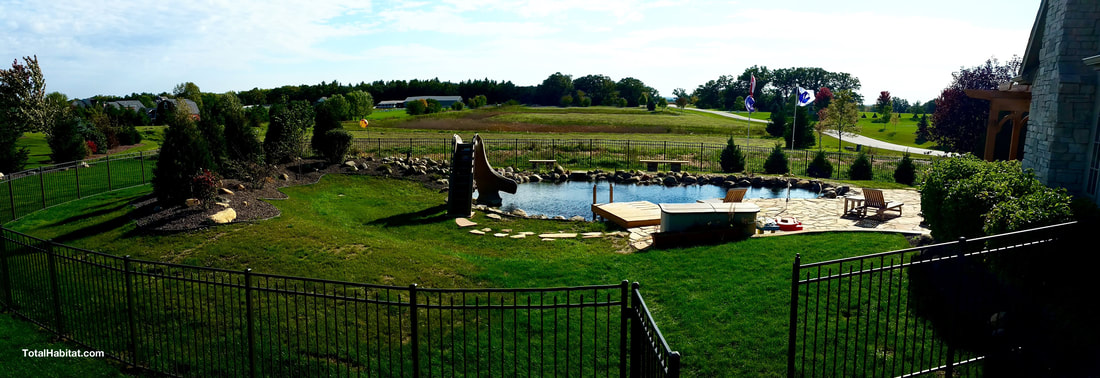
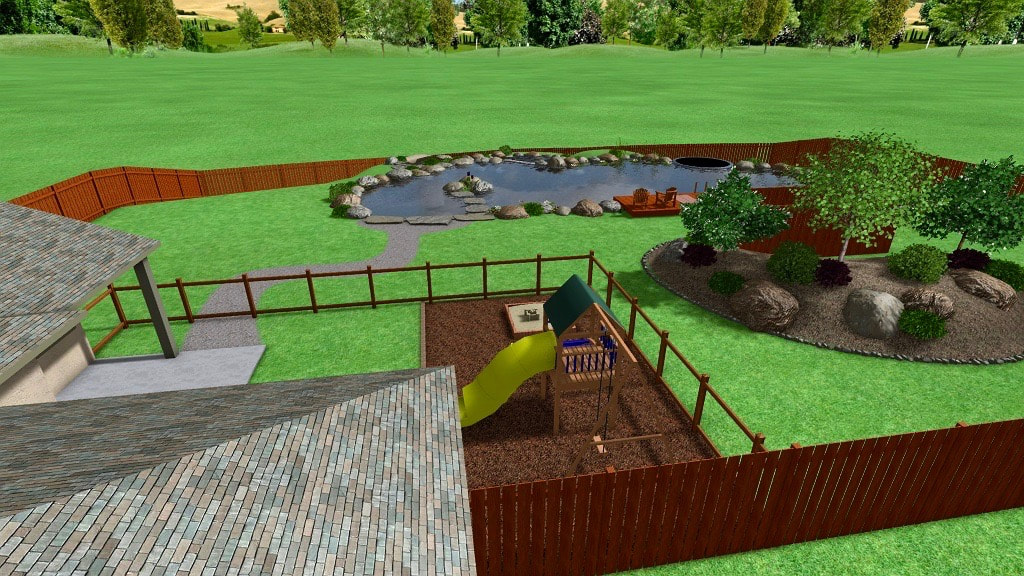
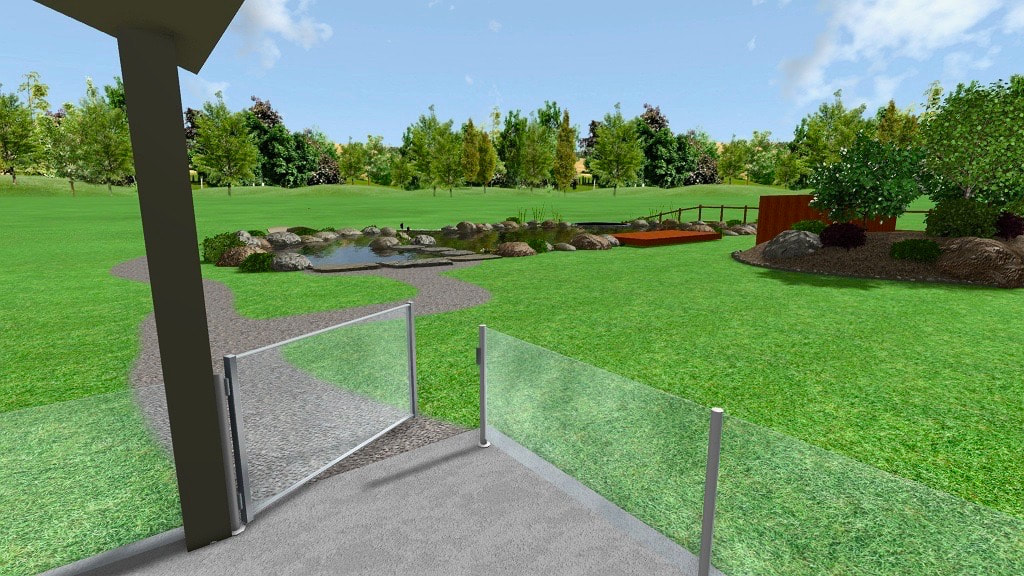
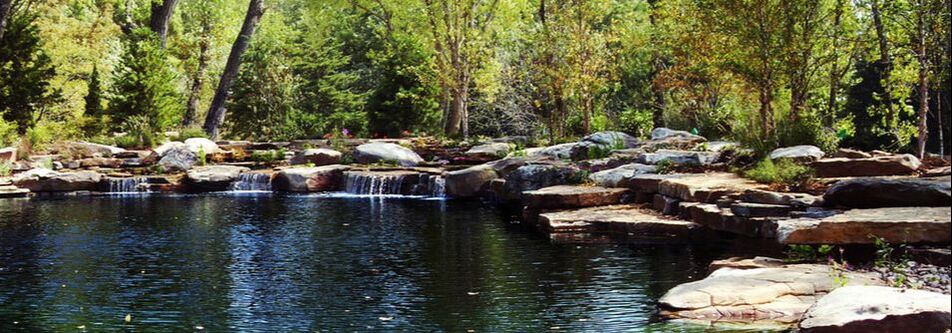
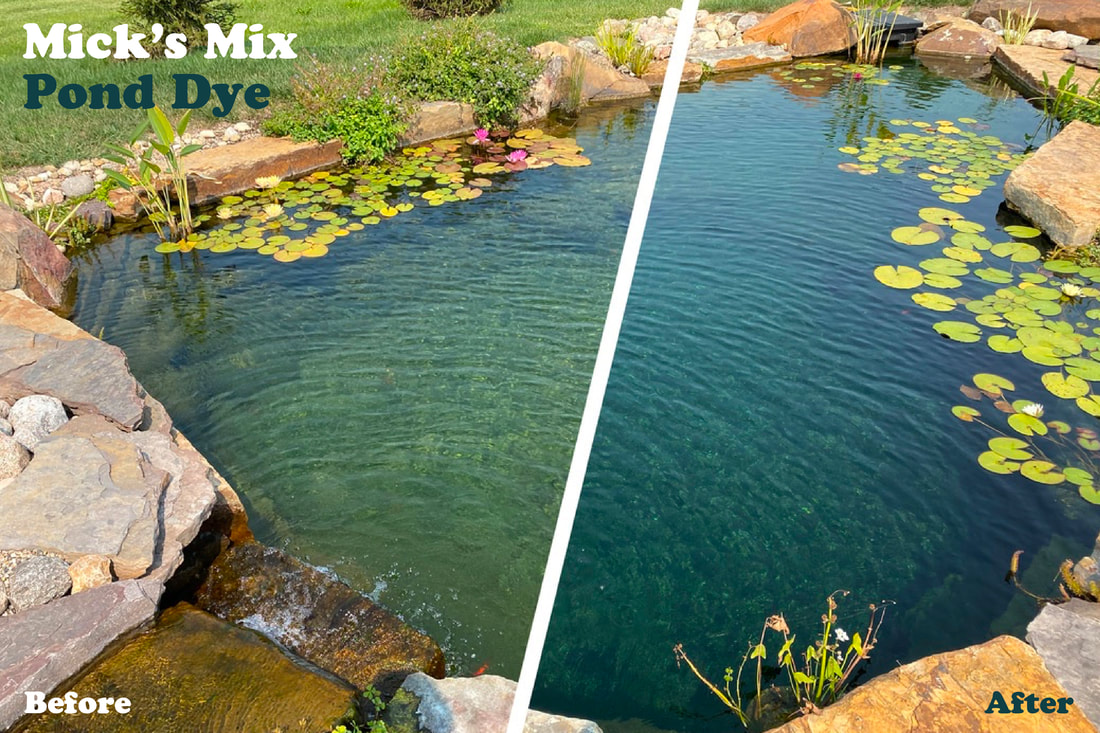
 RSS Feed
RSS Feed
